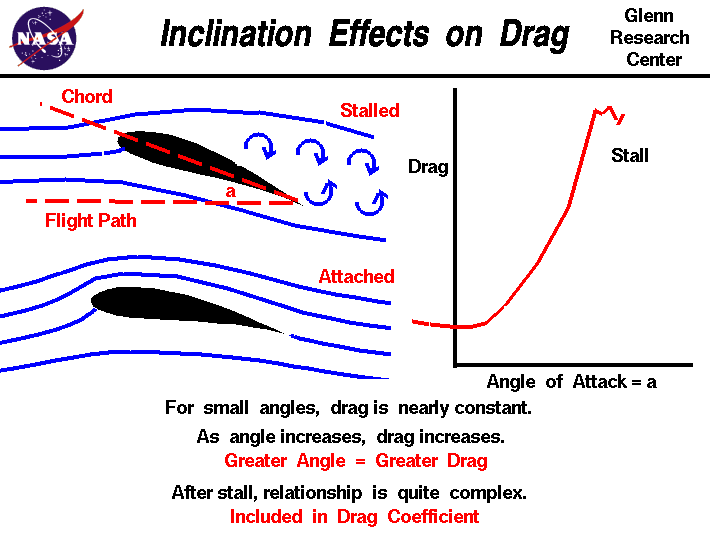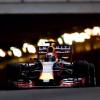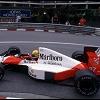The following is a summary of how the McLaren rear wing works.
Christian Horner was the first official figure to comment on it:
[McLaren] have a slot on [the rear wing] and they can pick up a lot of straight-line speed. I think it will get resolved before the first race. We've asked the FIA for clarification although I think Ferrari are probably more excited than we are to be honest.
Basically, if you stall the wing you take all the drag off it and pick up straight-line speed. It's something that's been done quite a lot over the years but with the wing separators you're not supposed to do that.

The basic assumption is that McLaren rear wing works by channelling air through the intake, into the rear wing and out of the slot on the rear of the wing. The question is what is this intended to achieve, which way does the air blow and how does this benefit the car?
Simple summary: McLaren have found a way to stall their wing to get less drag
The idea behind the blown slot is to blow air out of the slot at high speed, against the natural flow of the air, to detach the air flow, reducing downforce and hence drag. This might be described as a "stall" because this what you call the air flow detaching from an aircraft wing due to it's angle of attack being too high.
Now people will say that if you stall a wing you create extra drag. Things aren't this simple, for example, see this graph from NASA:

You can see that if you get the effective angle of attack right, you can reduce the drag by stalling. A two element F1 rear wing will behave very differently but the basic principle holds that a stalled wing can have less drag than an unstalled wing.

The air from the slot detaches the air that is travelling over the back of the wing, causing the same effect as a stall on an aircraft wing.
How is the air flow controlled?
AMuS makes the point that any automatic aerodynamic changes would contravene the rules, so the turning on and off of the device must be controlled by the driver. This brings up the snorkel rumours. See the following for a picture of the snorkel:
http://f1.gpupdate.n...catID=1102-4456
The snorkel is positioned just in front of the driver cockpit. The rumour is that air flow from the snorkel is controlled by the driver in an on/off by manipulating something with or positioning their knee, and either this air flow goes to the rear wing, or it interacts with the air box flow to the rear wing via some kind of fluidics switch.
Edited by Guizotia, 11 March 2010 - 23:47.


























